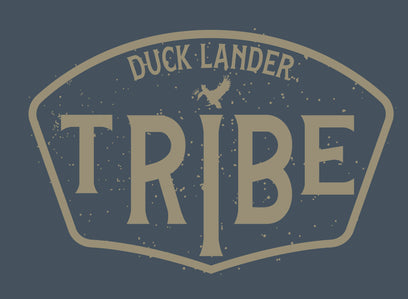Blinds can be categorized into three types: A-frames, backboards, and layout blinds. However, it's important to note that there is no single "best" blind that suits all situations. Each type has its own purpose and specialty. Let's delve into each blind style, my preferred blinds, and the reasons behind my choices.
A-Frames:
For A-frame blinds, I prefer using the Lucky Duck 2x4 blinds. These blinds are well-built, featuring a sturdy A-frame structure and heavy blind fabric with a black backing. Unlike some other designs, this blind doesn't have center supports, allowing freedom of movement inside. Additionally, it can be easily moved as a single piece during setup. Personally, I keep the three bulkheads assembled and add the horizontal bars for quick setup.

I prefer A-frame style blinds in the following situations:
-
When the cover is tall or predominantly vertical, such as among trees or waist-high grass.
-
When there is no natural cover available to conceal a blind. In this case, the A-frame acts as the hiding spot for me, rather than me hiding the blind.
-
During group hunts where socializing and conversation are important. The A-frame style allows for a more interactive and social experience compared to layout blinds.

Layout Blinds:
For layout blinds, my choice is the Tanglefree Flight Series. I consider these to be the best-built layout blinds currently available in the market. They are designed to accommodate hunters of various heights, offering a comfortable size that strikes a balance between standard and XL layouts. The blind frames are sturdy, and the well-built door hinges allow for smooth door movement. These blinds excel in simplicity and comfort.

I prefer layout blinds in the following situations:
-
During solo hunts, where a single hunter can effectively conceal themselves in a layout blind across a wide range of locations.
-
When hunting in smaller groups of 2-3 hunters.
-
When the grass is knee-high or shorter but abundant.
-
When using A-frames would result in a large shadow being cast on the decoy spread.

Backboards:
Backboards are a specialized type of blind that allows hunting from within the decoy spread. Personally, I don't frequently use them for the waterfowl species I hunt. However, I find them useful in field hunts, particularly when utilizing a large spread of sock and silo decoys. I use the Lucky Duck backboards, which are simple to use and feature a comfortable cushioned headrest.

I prefer backboards in the following situation:
- When hiding within extensive decoy spreads in the middle of fields.
In conclusion, each blind type has its advantages and is suited to specific hunting scenarios. By understanding the strengths and purposes of each style, you can choose the most appropriate blind for your needs.





